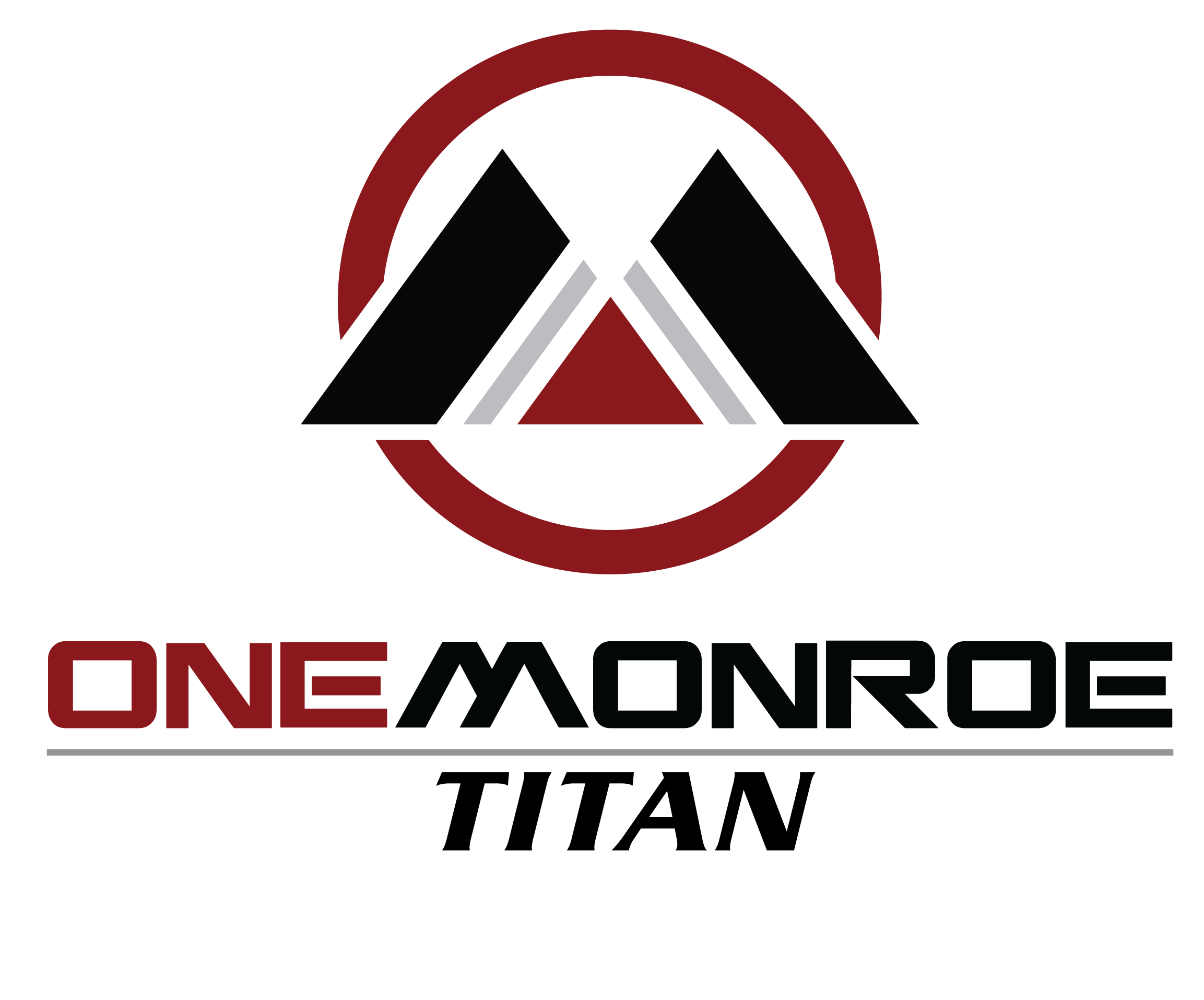
As we move further into a future dominated by sustainability and renewable energy, innovations in solar cable technology are crucial for driving efficiency in solar power systems. New manufacturing techniques and materials promise greater resilience and reduced faults in cables, adapting to the growing demands of the solar industry.

By embracing these innovations, we not only enhance the quality of solar products but also contribute to the larger goal of expanding renewable energy infrastructure. Our focus is on understanding how improved solar cables can support developments like flexible solar panels and grid integration. With the introduction of new technologies and government support, the solar sector is poised for significant growth.
Emerging Trends and Technologies in Solar Cable Development
In our exploration of solar cable innovation, we focus on key developments enhancing material performance, design efficiency, and integration with smart technologies. These advancements promise to drive market growth, improve energy efficiency, and extend the lifespan of solar systems.
Advancements in Cable Materials
Our focus is on leveraging aluminum and copper as leading materials in solar cables. These materials offer superior conductivity and durability, supporting enhanced performance in solar energy systems.
Aluminum is prized for its lighter weight compared to copper, offering easier installation and cost benefits. Meanwhile, copper remains a staple due to its excellent conductivity and durability, crucial for long-term use against environmental factors.
Advanced materials are now being developed to improve solar cable efficiency and durability. New coatings are increasing cable life by protecting against ultraviolet light and moisture. These innovations aim to boost the lifespan of installations, reducing maintenance and replacement costs and improving solar panel efficiency.
Innovative Designs for Improved Performance
Design innovation is pivotal in driving the solar cable market forward. One trend is the use of stranded cable designs which offer increased flexibility and reduced risk of breakage during installation and operation.
These new designs focus on improving performance by responding more effectively to the demands of modern photovoltaic systems. By enhancing compatibility with solar cells and heat pumps, they promote higher operational efficiency. It ensures stable power transmission while reducing energy loss.
Manufacturers are now focusing on custom high-performance designs that cater to specific environmental challenges. This includes improved insulation materials that sustain efficiency across different climates, ensuring consistent performance in various geographical locations.
Smart Grid Integration and Digitalization
As the world embraces smart grid technologies, solar c able systems are incorporating digitalization to enhance their integration. This trend prioritizes the seamless connection between photovoltaic systems and energy storage solutions for optimized energy management.
able systems are incorporating digitalization to enhance their integration. This trend prioritizes the seamless connection between photovoltaic systems and energy storage solutions for optimized energy management.
Smart cables equipped with sensors allow for real-time data monitoring. This enhances efficiency by enabling predictive maintenance and quick fault detection. The improved connectivity with smart grids helps in better load management, elevating solar energy efficiency.
Digital interfaces are increasingly being used to provide insights into system operations. This technological progress allows us to optimize our energy networks, ensuring solar systems operate at peak performance. By integrating with advanced energy solutions, we support a sustainable future driven by renewable energy.
Market Impact and Opportunities for Solar Cable Technology
The solar cable market is seeing significant growth and transformation, fueled by demand for clean energy and technological innovations. These advancements open opportunities across various applications and regions while meeting regulatory standards to ensure reliability and efficiency.
Commercial, Residential, and Industrial Applications
Solar cable technology plays a pivotal role in diverse applications, from small residential setups to large industrial solar projects. Commercial sectors benefit from high power density and efficient energy transmission, making large installations more feasible. In residential areas, solar cables support the integration of solar panels into homes, helping reduce energy costs and pollution. For industrial uses, durable cables that withstand extreme temperatures are critical. Manufacturers are constantly developing innovative solutions for underground service entrances and service terminal connections, to enhance reliability and performance across sectors.
Regional Growth and Key Markets
Solar cable innovations are driving expansion in specific regions. North America and Europe lead in implementing community solar projects and utility-scale installations. Market segmentation shows that these regions are seeing major uptake due to supportive policies and investment in clean energy infrastructure. Moreover, projects in other regions are also on the rise as global energy needs grow, presenting manufacturers with opportunities to expand market value. Key drivers include a shift towards renewable resources and technological advancements, which open new paths for market growth beyond traditional areas.
Regulatory Considerations and Industry Standards
Navigating regulatory considerations is essential for any solar cable project. Industry standards such as those from BSI ensure the cables meet safety, durability, and efficiency requirements. Compliance with these standards can be a restraint if requirements become more stringent, impacting manufacturing processes and costs. The industry’s collaboration toward maintaining high standards fosters an environment where both manufacturers and consumers can benefit.

